Transitioning your beloved feline friend to a new diet can seem daunting, but it doesn’t have to be. Cats, much like humans, are creatures of habit, and changes in their routine, especially their diet, can cause anxiety and stress. However, with careful planning and a gentle approach, you can make this transition smooth and stress-free for your furry companion. Whether you’re changing your cat’s diet for health reasons or simply want to introduce them to a new flavor, understanding the process is essential. This article will guide you through each step, ensuring a seamless transition for both you and your cat.
Understanding Why Change is Needed
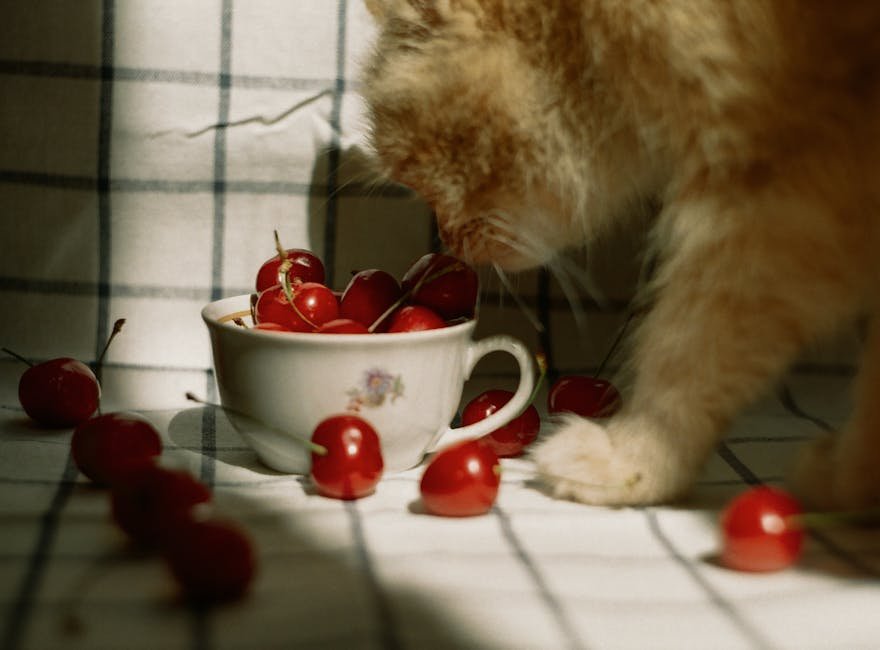
Before diving into the transition process, it’s crucial to understand why you’re considering changing your cat’s diet. Maybe your veterinarian recommended a new diet due to health concerns like obesity or allergies, or perhaps you’re looking to provide a more nutritious option. Whatever the reason, knowing the purpose behind the change can help you commit to the process and make informed decisions. It’s important to remember that cats have specific dietary needs, such as high protein and low carbohydrate content. Always consult with your veterinarian to ensure the new diet aligns with your cat’s health requirements.
Gradual Transition: The Key to Success
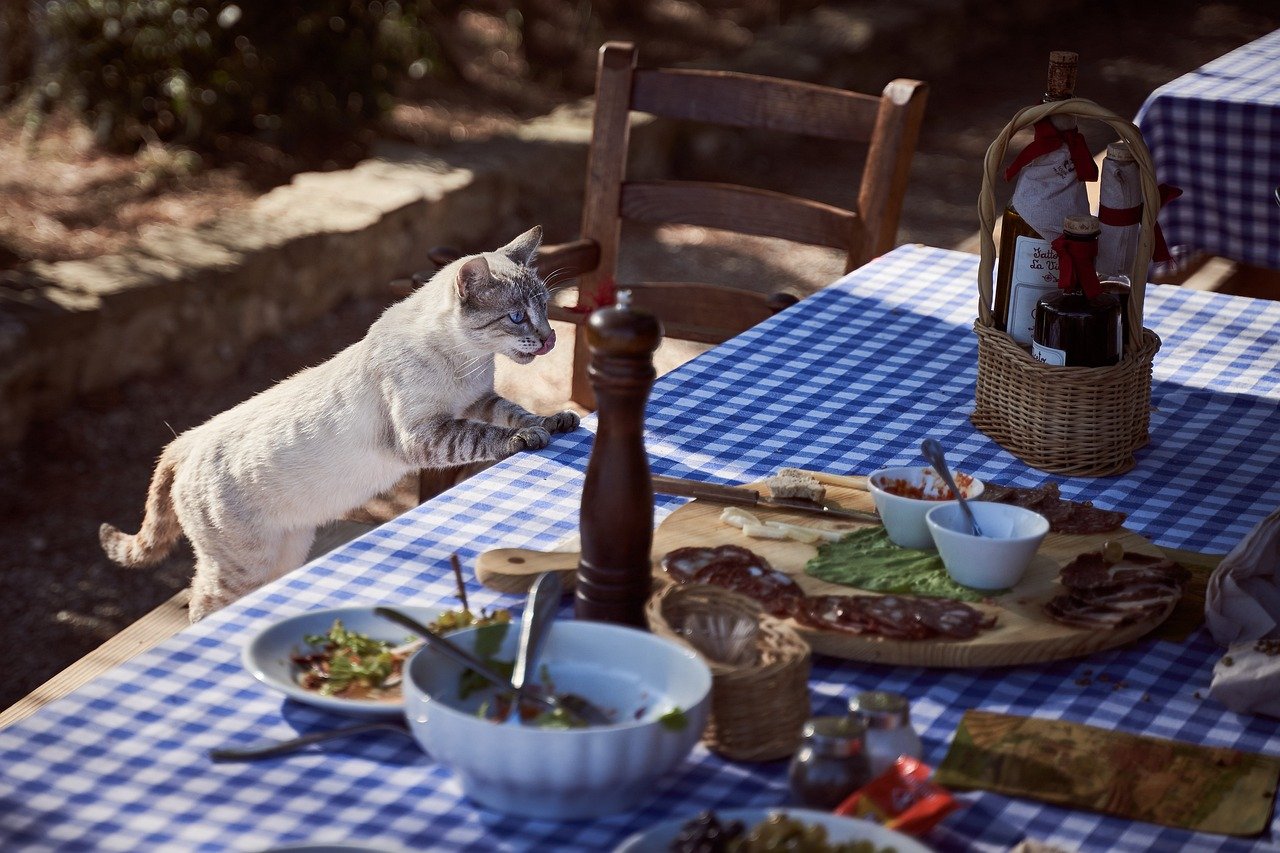
Cats are notoriously finicky eaters, and abruptly changing their food can lead to digestive issues and stress. A gradual transition is essential to avoid these problems. Start by mixing a small amount of the new food with their current diet. Over the course of 7 to 10 days, slowly increase the proportion of the new food while decreasing the old. This method allows your cat’s digestive system to adjust smoothly and helps them get accustomed to the new flavors and textures. Patience is key here; rushing the process can lead to setbacks.
Monitoring Your Cat’s Reaction
As you transition your cat to a new diet, it’s important to keep a close eye on their behavior and health. Look for signs of acceptance, such as eagerness to eat the new food or improved energy levels. On the flip side, watch out for negative reactions like vomiting, diarrhea, or a lack of interest in eating. If any adverse symptoms arise, consult your veterinarian immediately. Remember, each cat is unique, and their response to dietary changes can vary. Being attentive to their needs ensures a successful transition.
Creating a Positive Feeding Environment
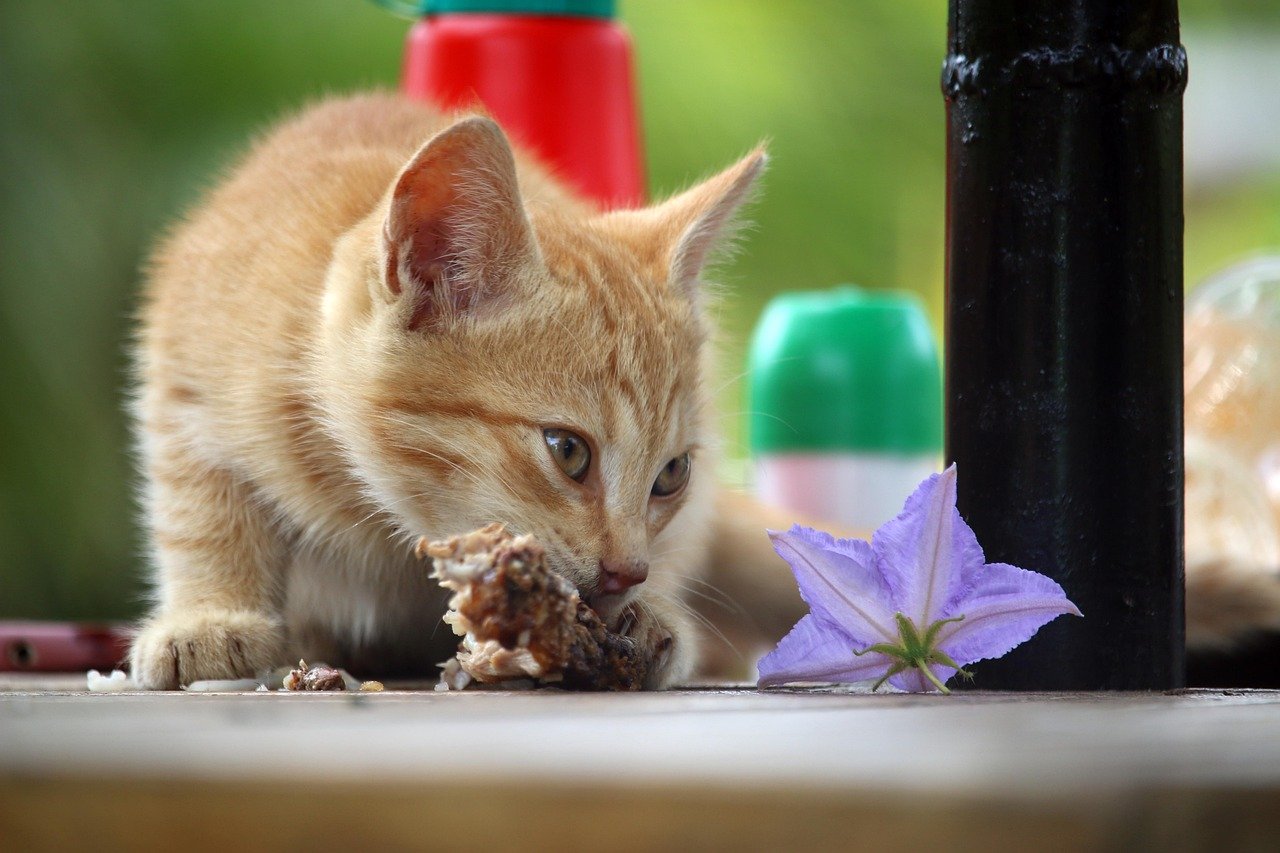
The environment in which your cat eats plays a significant role in their overall experience. Ensure their feeding area is quiet, comfortable, and free from distractions. Cats are sensitive creatures, and a stressful environment can affect their willingness to try new foods. Consider using a separate room or a cat feeding station to create a safe space for them to eat. Additionally, maintaining a consistent feeding schedule can help establish a routine, making the transition smoother.
Incorporating Treats and Rewards
Incorporating treats and rewards can be an effective way to encourage your cat to accept the new diet. Offer small treats or pieces of the new food as rewards for trying it. Positive reinforcement helps build a positive association with the new diet, making your cat more likely to accept it. However, be mindful of not overindulging your cat with treats, as this can lead to weight gain. Use treats sparingly and as an incentive to try the new food.
Understanding Your Cat’s Preferences
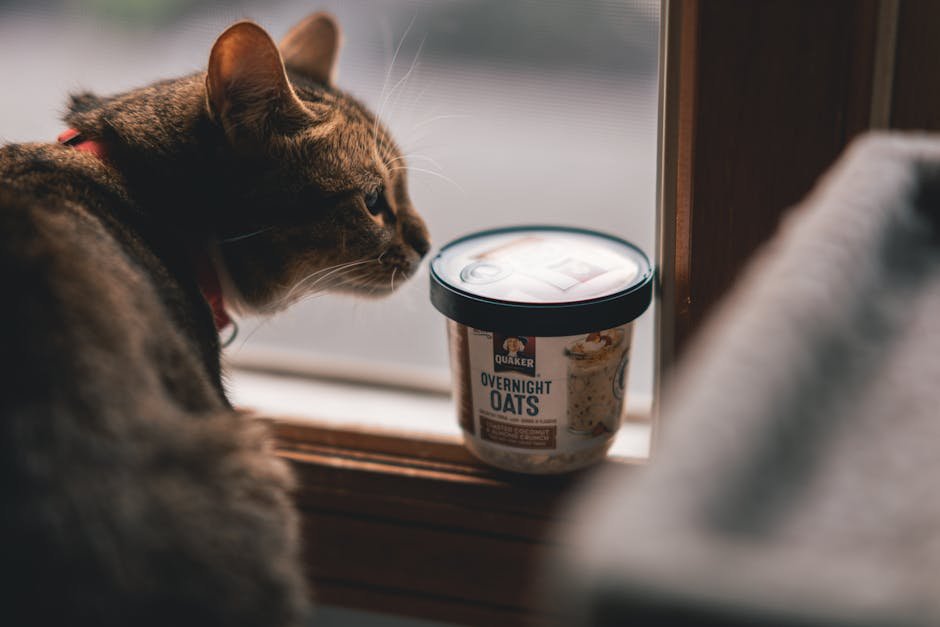
Every cat has its own unique taste preferences. Some cats prefer wet food, while others lean towards dry kibble. Pay attention to the type of food your cat enjoys and try to incorporate similar textures and flavors into their new diet. If your cat is particularly picky, consider experimenting with different brands or flavors until you find one that suits their palate. Understanding your cat’s preferences can make the transition process more enjoyable for both of you.
Maintaining Hydration
When changing your cat’s diet, it’s essential to ensure they stay hydrated. Cats often don’t drink enough water, especially if they’re transitioning to a dry food diet. Encourage hydration by providing fresh water daily and considering wet food options, which have higher moisture content. You can also invest in a cat water fountain to stimulate their interest in drinking water. Proper hydration is vital for your cat’s overall health and aids in a smooth dietary transition.
Dealing with Setbacks
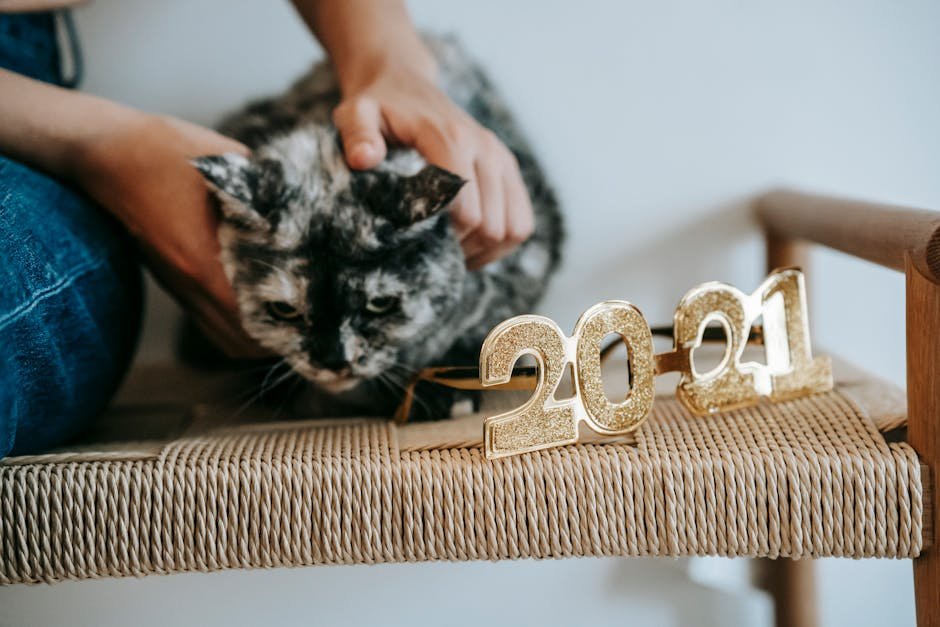
Sometimes, despite your best efforts, you might encounter setbacks during the transition process. Your cat may refuse to eat the new food or exhibit signs of distress. If this happens, don’t be discouraged. Take a step back, revert to their original diet for a short period, and then try the transition again more slowly. Consult your veterinarian for guidance and consider seeking advice from fellow cat owners who have experienced similar challenges. Perseverance and patience will eventually lead to success.
Ensuring Long-Term Success
Once your cat has successfully transitioned to the new diet, it’s important to maintain their new eating habits. Continue monitoring their health, weight, and behavior to ensure they are thriving on the new diet. Regular check-ups with your veterinarian can provide valuable insights into your cat’s well-being. Additionally, stay informed about the latest developments in feline nutrition to make informed choices about your cat’s diet. A successful transition sets the foundation for a healthier, happier cat in the long run.

Growing up traveling and experiencing new cultures and wonders, I have had a passion for nature, adventuring, photography, and videography. I am currently working towards a BSc in Biodiversity and Ecology at Stellenbosch University, and I hope to specialise in Marine Sciences one day.
Please send any feedback to Feedback@animalsaroundtheglobe.com






